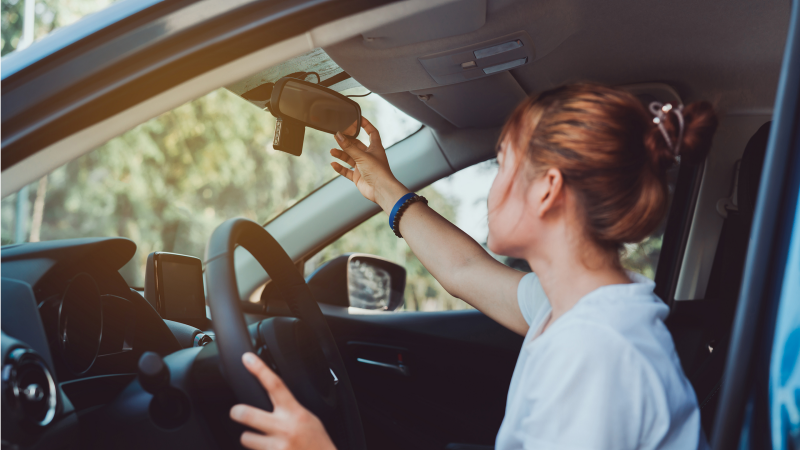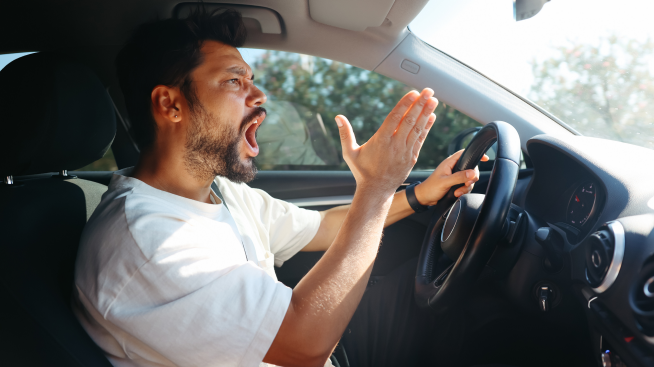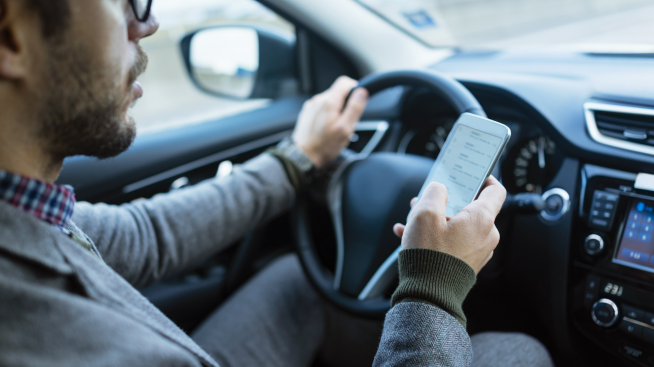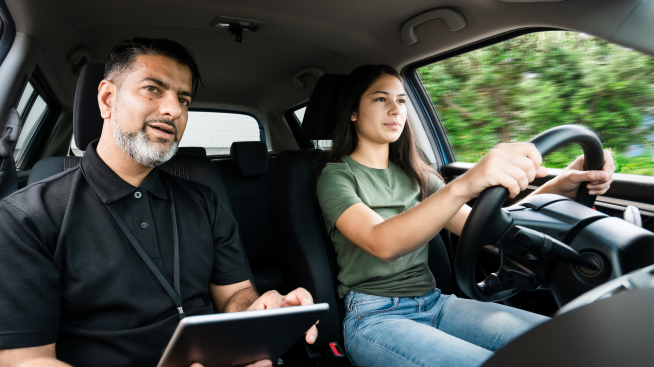What is defensive driving?

Going for a drive is one of life’s small pleasures. Unfortunately, it can also be dangerous. With so many cars and drivers on the road, accidents can happen, increasing the need for defensive driving.
You may have heard the term previously and wondered “What is defensive driving?” Maybe you imagined that it requires taking expensive classes or attempting extreme maneuvers. Thankfully, that's not the case. Let’s take a deeper look at what defensive driving means, and how you might be able to use these techniques to be a little safer on the road.
Defensive driving: definition and techniques
Defensive driving is a lot more than just avoiding accidents and hoping for the best. Accidents rarely happen in isolation — typically, they’re the result of an unfortunate chain of events occurring at the same time. Defensive driving teaches drivers to be more aware of their surroundings so they might see danger coming and, hopefully, cut that unfortunate chain of events short. In other words, it’s not just avoiding accidents — it’s doing your part to prevent them from happening.
Safe driving tips
Here are some common defensive driving techniques you could start to incorporate into your own driving style with safety in mind:
- Avoid aggressive behavior and observe traffic laws: Speeding and aggressive driving accounted for over 12,000 deaths in 2022, nearly a third of that year’s traffic fatalities. If someone else is trying to speed by you, it’s typically safer just to let them pass rather than trying to keep pace with them.
- Avoid driving while under the influence of alcohol, drugs or other medications: Impaired driving resulted in over 13,000 deaths in 2022. Safe driving requires sound judgment, which you may not have if you’re under the influence.
- Stay alert and keep a safe distance from other cars: Defensive driving requires you to be aware of everything around you, not just what’s directly ahead. A car several lanes over may swerve suddenly, so it helps to be aware of their presence. Maintaining a safe distance from other vehicles is also good practice as it allows you to have enough time to react.
- Minimize distractions: Distracted driving can be something as apparently innocent as eating while driving or taking your eyes off the road to adjust the stereo. Any activity that takes the driver’s eyes, hands or attention away from driving is considered a form of distracted driving. Texting — which hits all three of the above — is among the most dangerous of them all. Putting your phone away or installing an anti-texting app that detects when you’re driving may be some options to help curb these distractions.
- Keep cool: Driving can occasionally be stressful, especially in traffic. However, getting mad at a driver who may have wronged you only serves to escalate the situation and increase the risk of an accident. It’s generally better to just stay calm and continue with your day.
- Take care when passing other cars: Passing another vehicle requires you to briefly enter the other driver’s blind spot. This is an area that falls out of the scope of the other car’s side and rearview mirrors. It’s best to take care not to linger in another driver’s blind spot, and to provide the other car with a few seconds to see you ahead of them before you merge.
Defensive driving classes
While anyone can practice the general techniques of driving defensively, there are actual courses you can take to learn more. These courses are typically regulated by your state’s relevant authorities and geared specifically toward that state’s laws. That said, there are some basics most courses tend to cover, including:
- Education and awareness on the causes, mechanics and consequences of a crash.
- Information and techniques on managing psychological factors such as stress, fatigue or road rage.
- Education and awareness about driving while under the influence.
- Information on the proper use of car safety features and devices.
- Education on state traffic laws.
Benefits of defensive driving
The single greatest benefit of driving defensively is increased overall road safety, for yourself as well as others. Practicing defensive driving can potentially reduce your risk of being in a serious crash, the value of which speaks for itself.
In addition, driving defensively on a regular basis is likely to reduce your chances of committing a traffic violation. Violations can potentially add points to your license or raise your insurance rates over time. In fact, having a clean record over a long period of time might even reduce your rates.
Completing a defensive driving class may allow you to take advantage of discounts offered by your insurance company or help lower the points on your license in certain states.
In summary
So what is defensive driving? It's a set of techniques to help you avoid and prevent accidents by being aware of your surroundings and reacting in a calm, deliberate way to whatever happens on the road. By practicing these relatively simple but effective techniques, you can help make the road a little safer for everyone.



